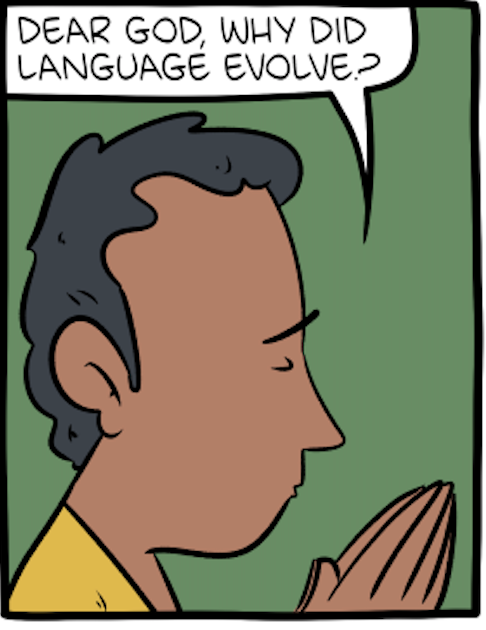On the origin of the term "hanzi"
[This is a guest post by Nicholas Morrow Williams]
It's obvious when you think about it, but of course there was originally no need to write the word hanzi when Chinese characters were the only game in town, writing-wise. Wang first refers to some earlier identifications of the earliest use of hanzi dating to the Song (960-1279) or Yuan (1271-1368), and then points out that the Japanese monk-scholars Kūkai 空海 (774-835) and Saichō 最澄 767-822) seem to have used it in their works, though the details are a bit complex. The clearest single usage seems to be in a text completed by Saichō in 818, entitled the Jugokoku kaishō 守護国界章. But then Wang further points out the Fànyǔ qiānzì wén 梵語千字文 by Yijing 義浄 (635-713), which explains in its introduction that it uses hanzi in correspondence to each Sanskrit letter. The overall point is clear: the term hanzi first came into common usage among Tang-era (618-907) monks as it was required to distinguish Chinese writing from Sanskrit. This insight does not seem to have been incorporated into all the standard reference works yet (my Hanyu da cidian identifies the earliest usage in the Song).
Read the rest of this entry »

